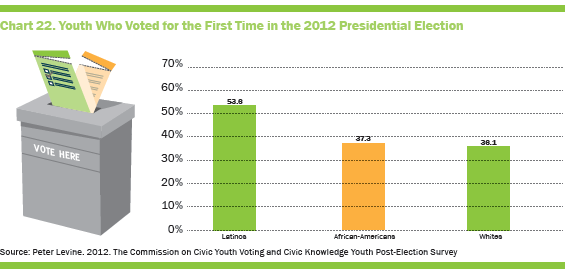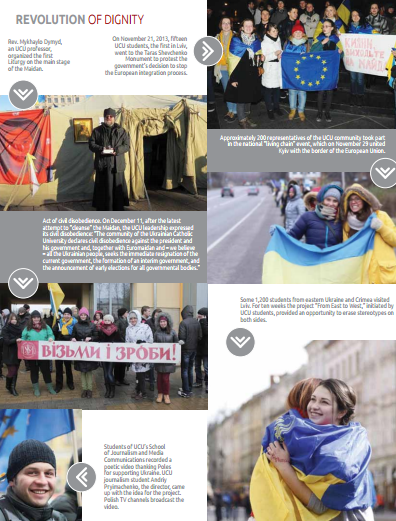I recently went on a walking tour of Boston’s North End. The dense, historically Italian community is on some of the oldest land in Boston.
Like many coastal cities in the U.S., the Boston we now know is mostly landfill. It used to be practically an island, connected to the mainland only by a narrow peninsula.
Silversmith and agitator Paul Revere was one of many notable residents of the North End, and it was from here he took is famous “midnight ride” – first taking a boat to Charlestown, then riding up the Mystic through Somerville, Medford, and on to Lexington.
But on this walking tour I was told a detail of that ride I hadn’t heard before. Revere and his companion, William Dawes Jr., were arrested before they made it to Concord because they stopped to have a beer.
Now, of course I had to look into a salacious comment like that.
I’m afraid I haven’t found as much clarity on the subject as I would like, but this is what I know:
On the night of April 18, 1775, British troops set out to arrest patriots Samuel Adams and John Hancock, who were staying in Lexington at the home of Reverend Jonas Clarke. Revere and Dawes set out to warn them and raise an alarm, Revere taking the now-famous northern route and Dawes taking a southern route through the “Boston Neck” (now Roxbury).
After arriving in Lexington, Revere and Dawes were joined by a third rider, Dr. Samuel Prescott, and the three decided to carry on to Concord where arms and munitions were stored.
This is where things get particularly fuzzy.
On the road to Concord, the three were confronted by British soldiers. Prescott either evaded capture or very quickly escaped. Dawes also seems to have escaped after Prescott, leaving only Revere captured. He seems to have been released sometime the next day.
But what was that about a beer?
According to some accounts, before heading on to Concord Revere and friends stopped at a tavern to “refreshid” himself. This “refreshid” can indeed be found in a letter from Revere recounting the experience.
While I was originally told, though, that he was arrested while having a beer – it does seem that the arrest came slightly thereafter.
And it was almost certainly an ale that Revere “refreshid” himself with. After all, drinking was quite common in colonial times, with many believing ale could make you healthy while (contaminated) water had the effect of making you sick.
So all this leaves only one question: if Revere, Dawes, and Prescott were all participants in this midnight ride, why does Revere get all the glory?
Published in 1860, Henry Wadsworth Longfellow’s “Paul Revere’s Ride,” is what made that rider famous than the others. The poem, you may know, is “less a poem about the Revolutionary War than about the impending Civil War — and about the conflict over slavery that caused it.”
With the goal of of support the Abolitionist cause, Longfellow choose Revere as the rider to highlight for one simple reason: his name rhymed better.













 We know you appreciate the work NCDD does, and many of you are already supporting, sustaining, and organizational members. But for those who aren’t, please consider upgrading or renewing this week. Your support means the world to us, and helps us continue serving this amazing community.
We know you appreciate the work NCDD does, and many of you are already supporting, sustaining, and organizational members. But for those who aren’t, please consider upgrading or renewing this week. Your support means the world to us, and helps us continue serving this amazing community.
